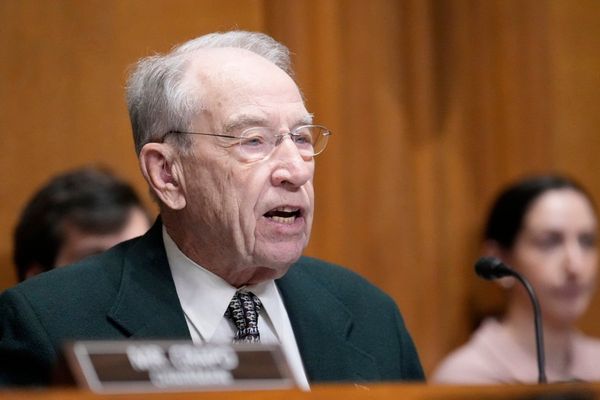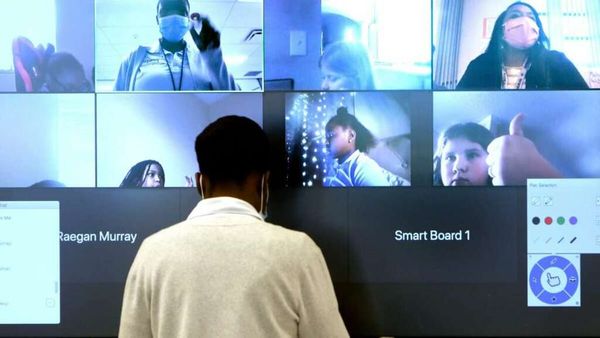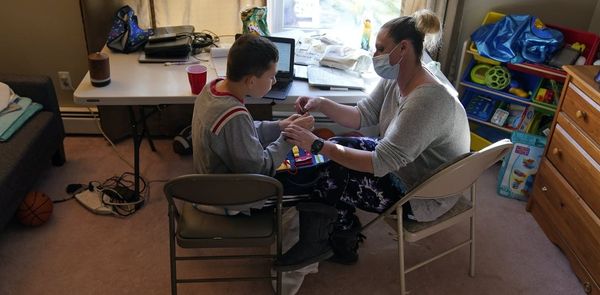
What have we learned from the pandemic? Industries, governments, individuals, and communities are all asking themselves some version of this question. Are there lessons from the pandemic that we can apply to post-pandemic life?
Education is no exception. The pandemic disrupted few institutions in America more than its K-12 schools. According to the testing provider NWEA, at the beginning of the 2021-22 school year scores were down 9 to 11 percentile points in math and 3 to 7 percentile points reading across the board, with more pronounced declines in higher poverty schools.
That is why it is great to see the Center for Reinventing Public Education, now ensconced at Arizona State University, publish a series of papers collecting lessons for the education system from the pandemic. The first two were released this week, and I was privileged to co-author one with my colleague Paul DiPerna. It looked into parent, teacher, and student support for new learning options like “pods” and hybrid homeschools. The second paper, written by Morgan Polikoff of the University of Southern California, looked at access to quality curriculum, and the lessons that the pandemic scramble to find curricula and pedagogical materials can teach us about finding good resources for students.
What do parents think about the proliferating educational options that became more popular during the pandemic? According to EdChoice’s survey work with Morning Consult, between 40 and 50 percent of American parents express a desire for some kind of hybrid learning schedule for their children. That is, they would like their children to attend school outside of the home for between one and four days a week and learn from home for the rest of the week. Interestingly, teenagers, when asked the same question, answered in similar proportions. Almost half of teenagers would like to go to school at home for at least one day of the week.
Will pandemic pods outlast the pandemic that gave them their name? Quite possibly. About 15% of American parents indicated that they have been participating in a pandemic pod. Now, three quarters of those families have been using pods to supplement their child’s education, not replace it. But the rest have used a pandemic pod to replace their child’s traditional school. That means that somewhere around 3 to 4 percent of American parents have enrolled their child in a pandemic pod. While that might not sound large, there are around 55 million school children in America. A small percentage of a big number is still a big number.
If alternative school models are going to continue to grow post-pandemic, and parental preferences point to a possibility that they will, educators will need to make a whole host of changes. A key one of those will be finding appropriate curricula to guide their courses. Here is where Polikoff’s paper comes in. As he points out, traditional school districts have struggled mightily, and since long before the pandemic, to identify and adopt quality curricula. As he argues, states rarely give guidance to districts as to better and worse curriculum options, districts often leave schools on their own to choose their curriculum, and then schools give teachers wide autonomy to choose instructional materials, with more than 95% reporting that they go to Google to find resources. That’s no way to run a railroad.
The pandemic only amplified these problems as teachers were often left unsupported as they transitioned to remote or hybrid learning. They had to scramble to find appropriate, aligned, and high-quality instructional materials. For those who struck out on their own to form pods or homeschool, they had many of the same issues.
If alternative educational models are going to thrive, they need to have quality instructional materials. It seems a bit obvious, but it is true. If schools want to play around with the schedule, or the location, or the philosophy of their school, their materials need to help and not hinder those efforts.
As Polikoff writes:
“If individual pod or homeschool instructors are stuck with the task of personalizing traditional curriculum materials to the varied needs of each of their students, this will likely fail under the weight of having to figure out where students are at and then source corresponding materials—something that even trained, full-time teachers would struggle to provide.”
Unfortunately, to date, most materials are still created with the traditional school model in mind, and those trying something new and different have to adapt existing materials for their purposes.
One upshot of these two papers is that there is demand for new educational models, but in order for them to succeed, they need resources. They need teachers ready and able to teach in new and different ways. They need facilities that are flexible to their needs. They need instructional materials aligned to both their pedagogical philosophy and modality as well as the external standards that their students are expected to meet. And, they need curricula to link those materials together into a coherent educational program.
If these new models do not grow after the pandemic, it won’t be from a lack of demand. Rather, it will be because educators and policymakers did not internalize the lessons that have been learned from the last two years and failed to get families and teachers the resources they need to succeed.










